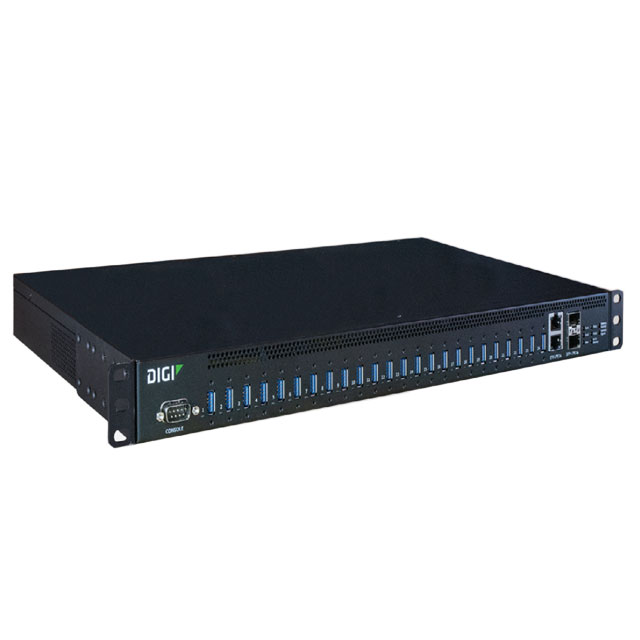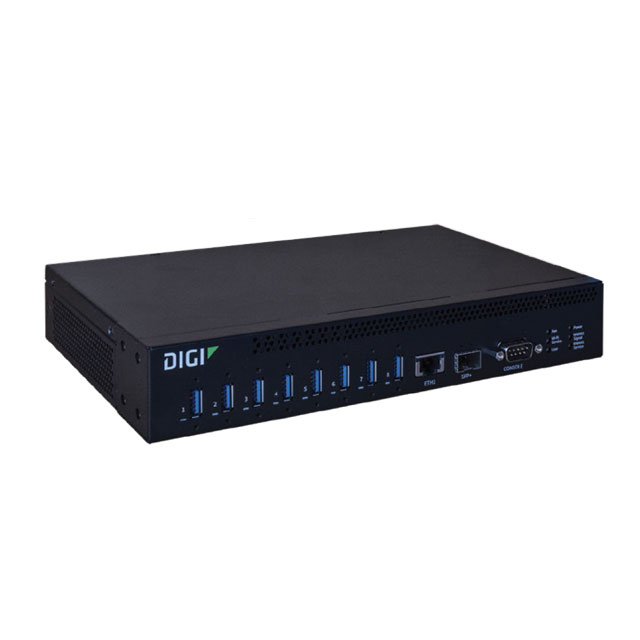AnywhereUSB® Plus Series, Serial Device Servers
Results:
4
Manufacturer
Series
Number of Ports
Type
Interface
Results remaining:4
Applied Filters:
AnywhereUSB® Plus
About Serial Device Servers
Serial device servers are specialized devices designed to facilitate the integration of serial devices, including RS-232/485/422, USB, TTL, or UART-based devices, into single or multiport networks. These servers enable seamless two-way data transmission between serial devices and networked systems.
By converting serial data into network-compatible formats, serial device servers ensure that serial devices can communicate effectively within various network environments. They support a wide range of network types, including CAN, CC-Link, ControlNet, DeviceNet, Ethernet, FIPIO, Interbus, Modbus, PROFIBUS, PROFINET, as well as wireless and fiber-optic networks.
When selecting serial device servers, factors such as the specific type of serial interface supported (RS-232/485/422, USB, TTL, or UART), the number of ports, network compatibility, data transmission speed, and power requirements need to be taken into consideration. This ensures that the chosen device server is compatible with the existing network infrastructure and capable of meeting the communication needs of the connected serial devices.
Overall, serial device servers play a crucial role in bridging the gap between serial devices and modern networked systems, allowing for seamless integration and communication. They are selected based on various criteria to ensure compatibility and reliable two-way data transmission between serial devices and diverse network types.



